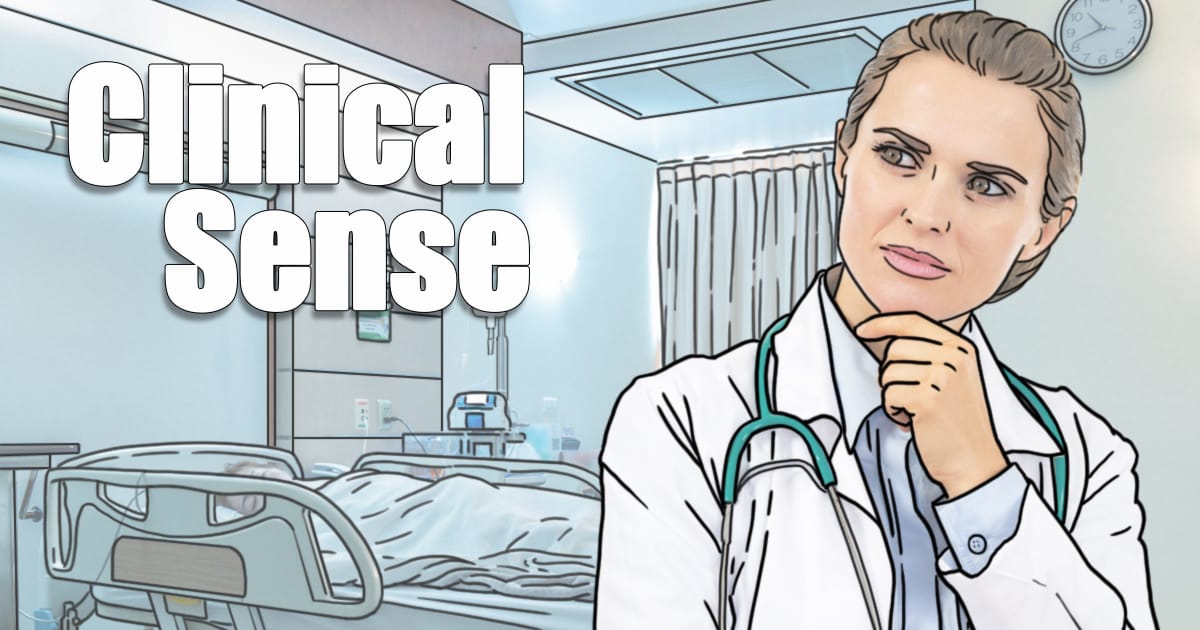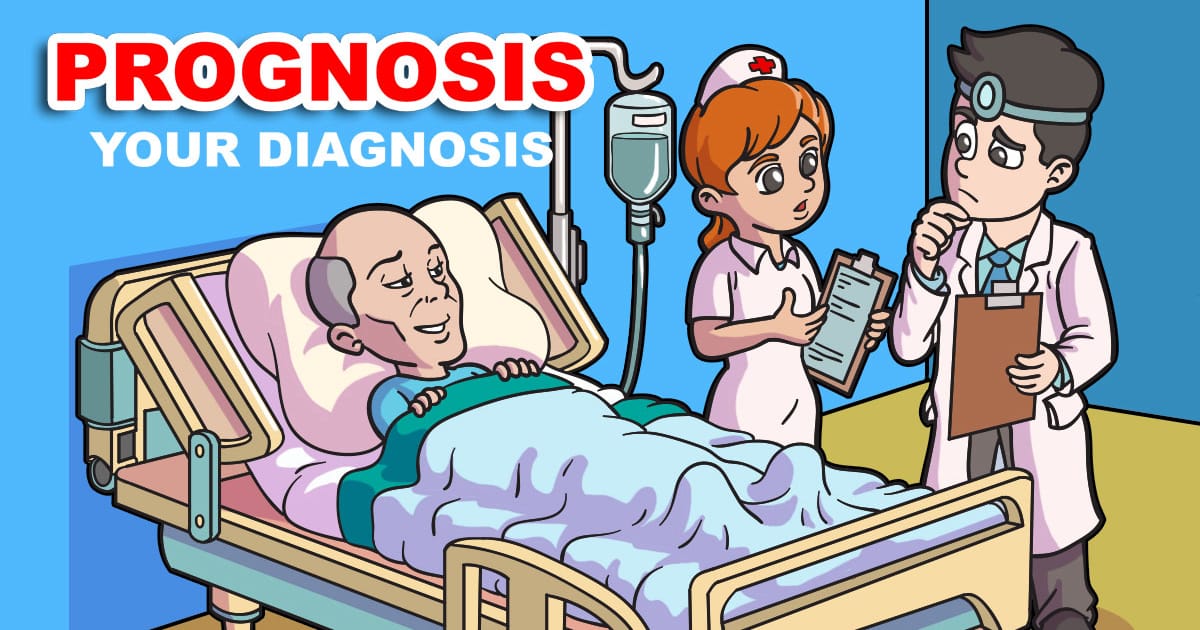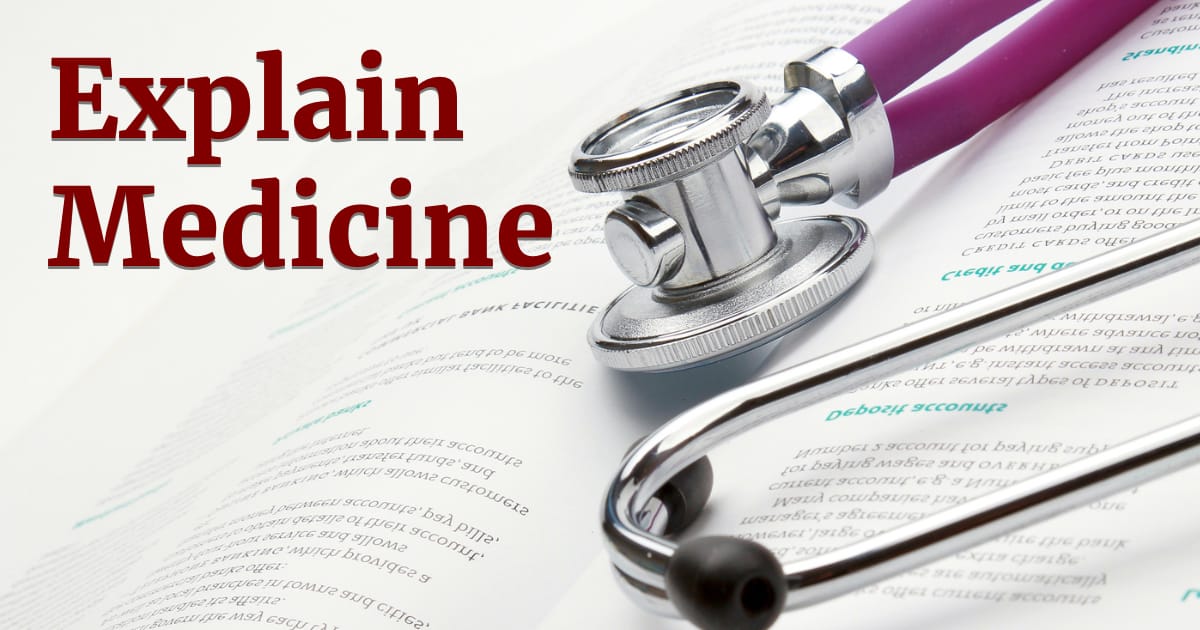Titles
All titles Clinical Sense Prognosis: Your Diagnosis Explain Medicine QBank PrepperLibrary
Core specialties Subspecialties Organ systems Cutting edge innovationsAbout Clinical Odyssey
Why trust us Pricing Subscribe For organizationsEditorial
Authors Peer reviewersMedical Joyworks, LLC
About Jobs ContactOur titles
Rehearse, review, test prep, and repeat. Do it all in one place.
Clinical Sense
Experience diagnosing and managing patients over time with scenarios made to improve your care-giving skills. Learn with in-depth analyses, scenario-specific discussion boards, and more.
View all

Prognosis: Your Diagnosis
Attempt diagnosing and treating immediate presentations with case studies made to sharpen your analytical skills. Learn with in-depth analyses, case-specific discussion boards, and more.
View all

Explain Medicine
Awaken key knowledge of diseases and conditions with articles made to strengthen your memory. Learn facts through explanations, article-specific discussion boards, and more.
View all

QBank Prepper
Practice test taking with a new qbank made to prepare you for USMLE Step 2 CK-style exams. Learn through explanations for each best answer, question-specific discussion boards, and more.
View all





